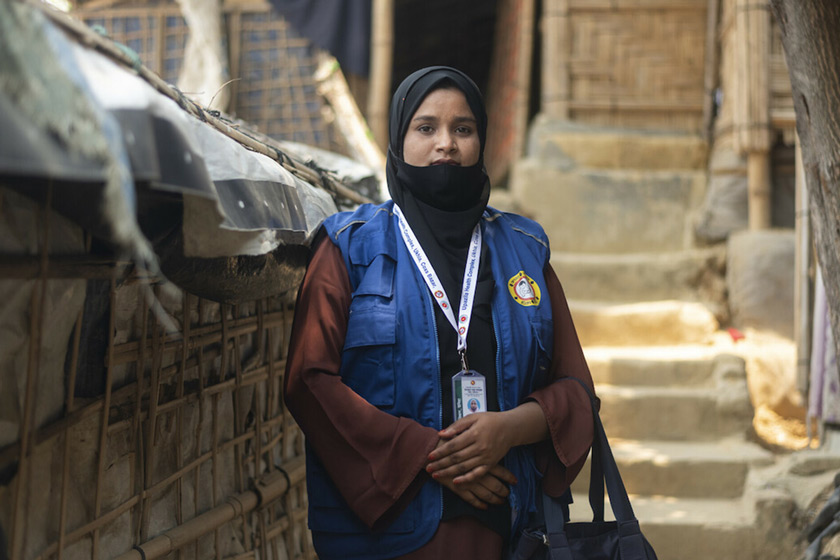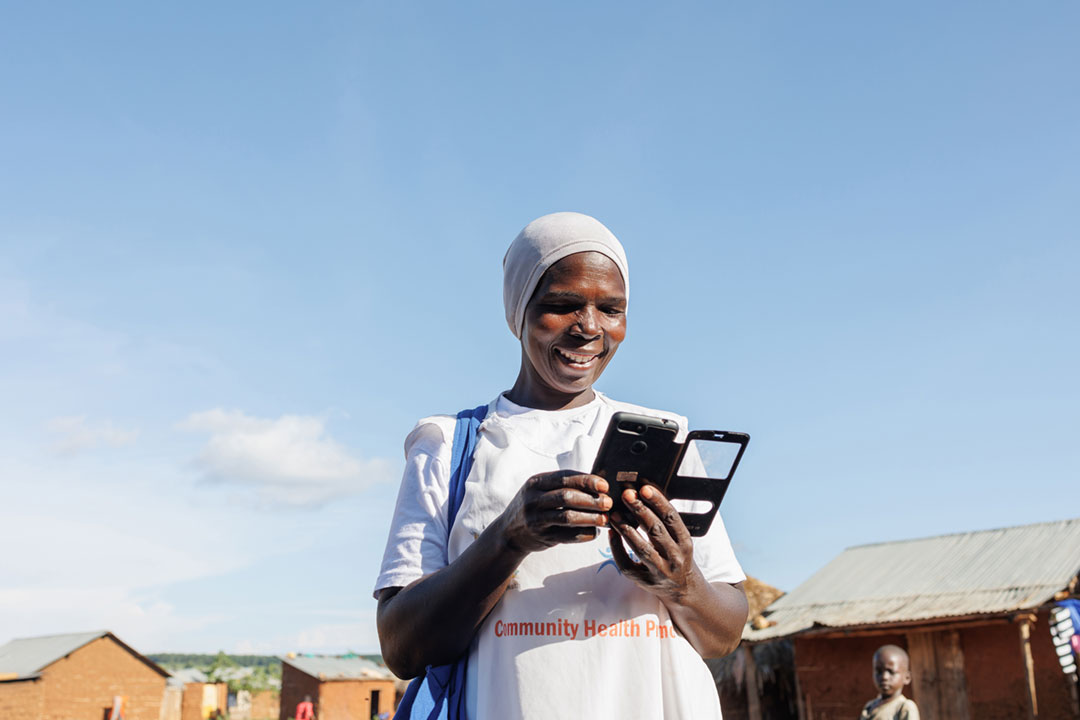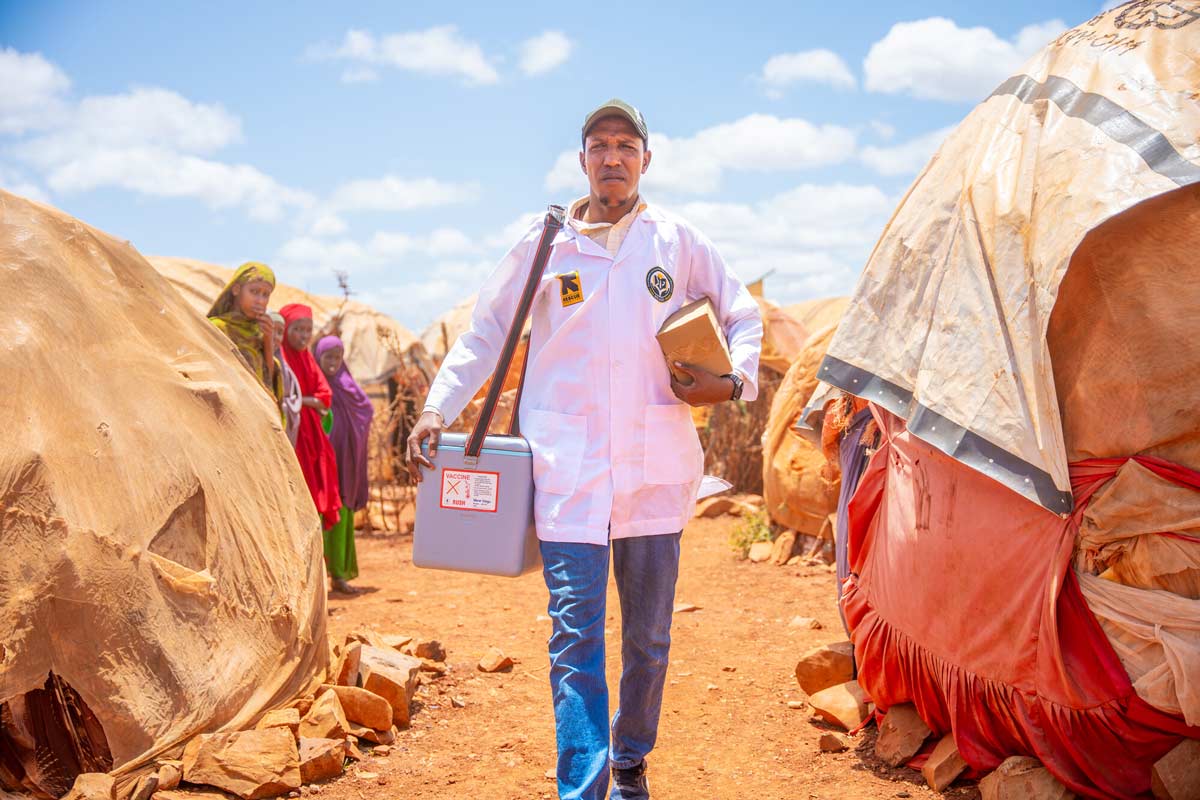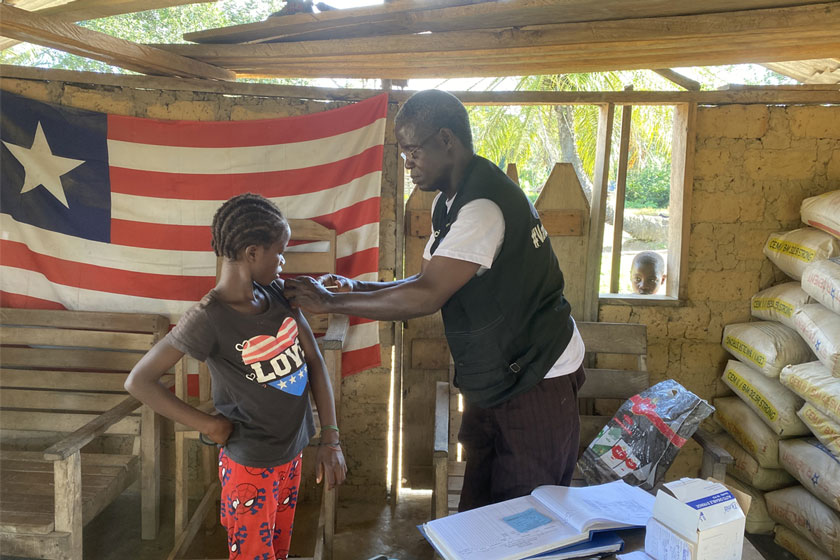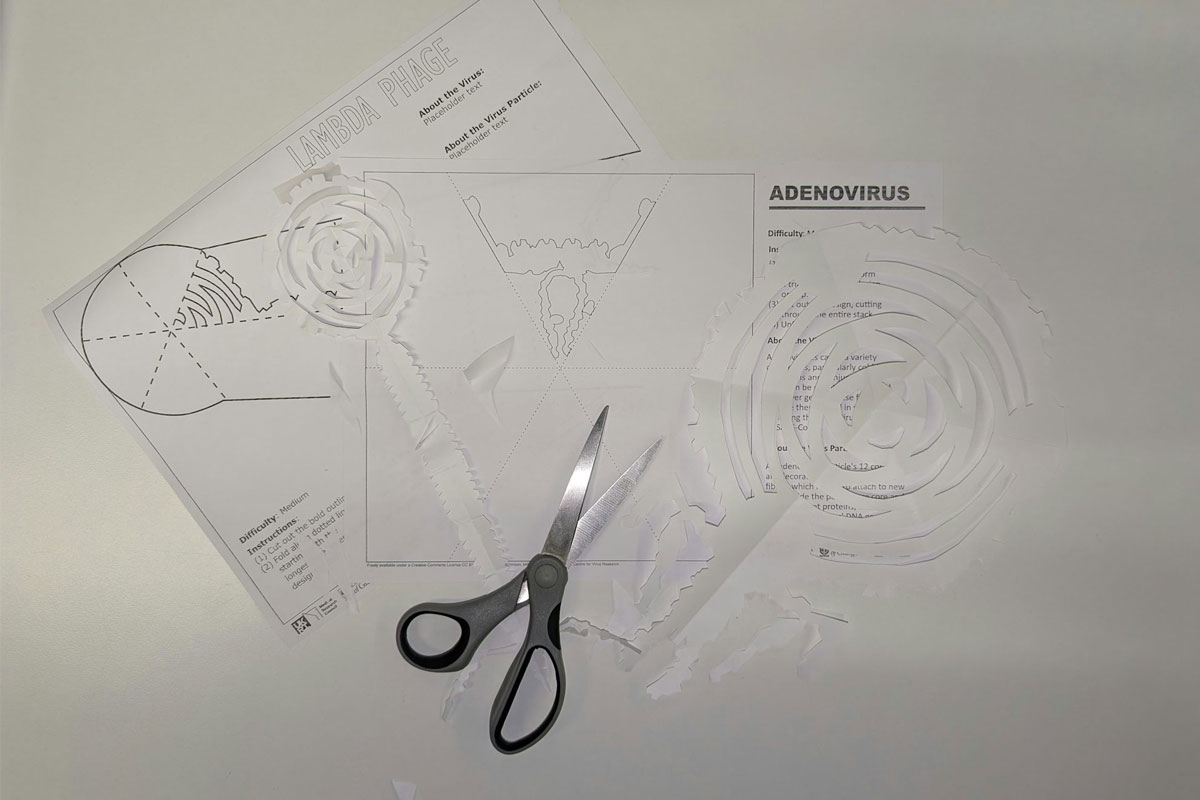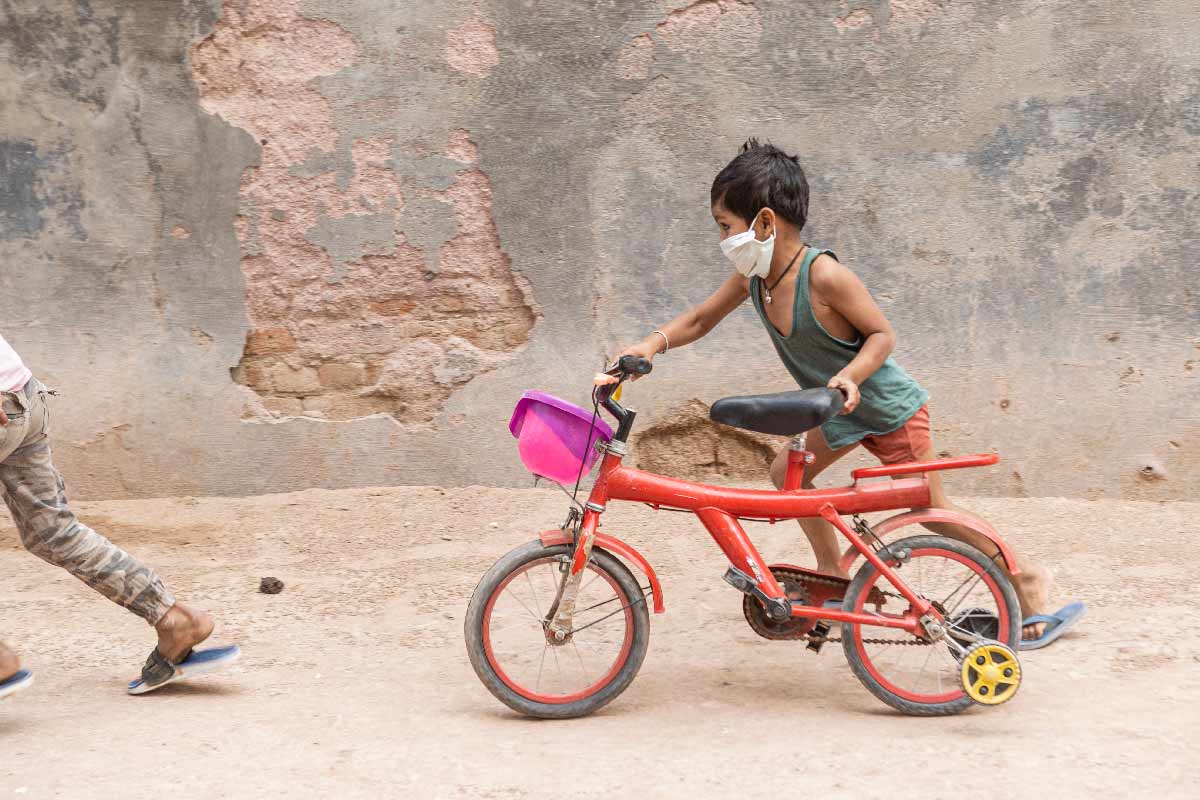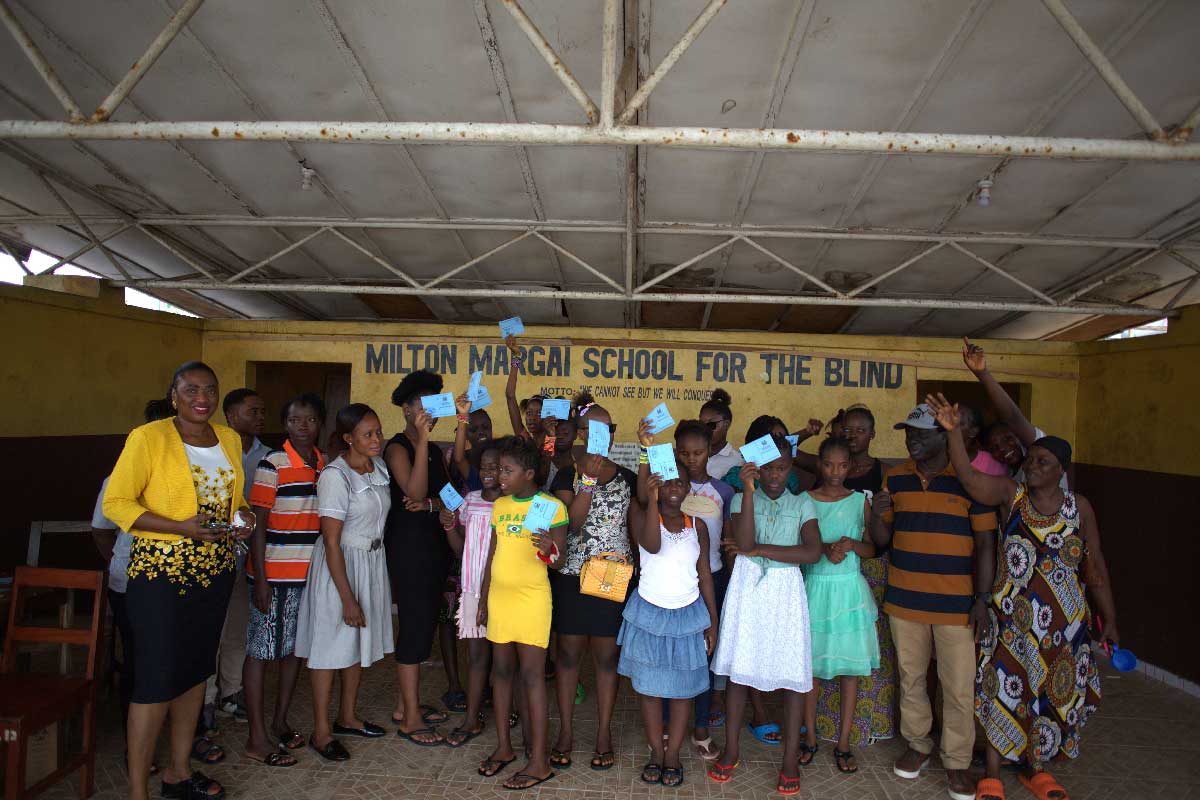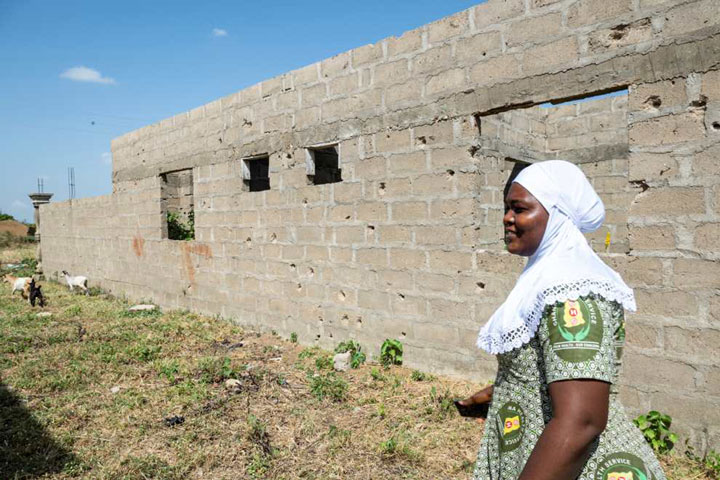From offering access to pursuing equity
5,000 health workers met online to figure out what lay beneath vaccine hesitancy in their communities. Here are some of their insights.
- 15 October 2025
- 5 min read
- by Charlotte Mbuh , Reda Sadki
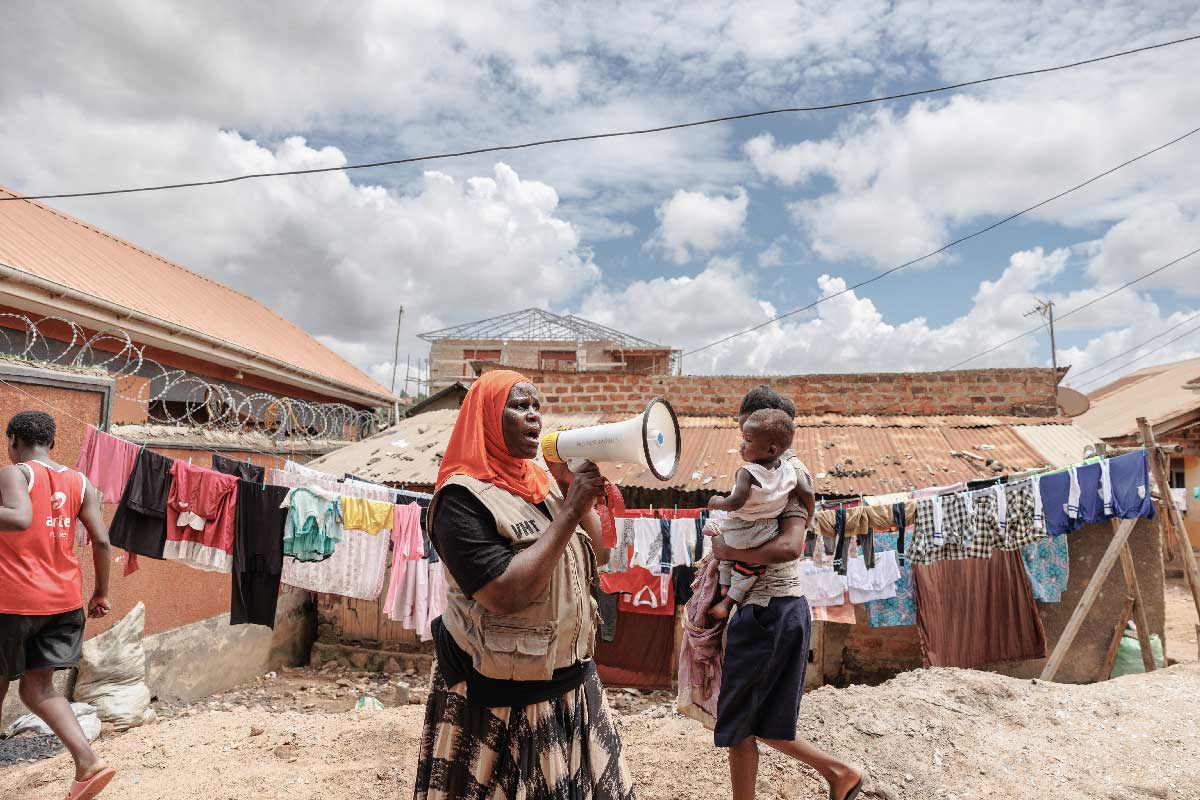
In any health system, no matter how robust, some people fall through the cracks.
Those missed out people are likely to be living in remote communities, belong to marginalised groups, or facing other social and economic barriers that prevent them from accessing life-saving health services. Achieving true health equity means not just making services available, but understanding and dismantling these systemic obstacles.
To explore this challenge, we at The Geneva Learning Foundation (TGLF) recently launched a peer-learning certificate programme on health equity. Over 5,000 health professionals, researchers, and planners from across the Global South joined us – not to receive instruction, but to share their experience. In September 2025, health workers from over 60 countries tested TGLF’s Human Equity Action Reflection Transformation (HEART) framework for the first time. They analysed the root causes of inequity in their own communities and designed practical, people-centred solutions. Their insights reveal a powerful shift in attitude, from simply offering access to actively pursuing equity.
Uncovering the real barriers
The programme encouraged participants to look beyond surface-level problems. By using root-cause analysis techniques, such as the “5 Whys,” health workers were able to question their own assumptions and uncover the complex realities that explain why certain groups are left behind.
This process often led to surprising revelations. What initially seemed like a community’s “lack of knowledge” or “hesitancy,” for example, was frequently revealed to be a symptom of more profound, systemic issues.
“My challenge is about the refusal of vaccination by the caregivers of children under one year in my community. When I started asking why, I thought the reason was a lack of knowledge. But when I went deep using the 5 Whys, I discovered that the root cause is mistrust in the government and the health system, which comes from a history of broken promises and a lack of community involvement in decision-making.”
Ibrahim Isah, Community Health Worker, Ministry of Health, Kaduna State, Nigeria
This shift from blaming individuals to understanding systemic failures was a common theme. By moving past assumptions, health workers were able to identify the true nature of the challenge they needed to surmount and begin to rebuild bridges of trust that had been broken.
Have you read?
Forging local solutions from shared experience
Instead of one-size-fits-all solutions, participants developed bespoke, local strategies grounded in empathy, respect and partnership. Their plans addressed a wide spectrum of inequities, from communication barriers to cultural divides.
For some, barriers were both physical and cultural, and affected groups that are often invisible in health planning. Gifty Akosua Adzigbey, a nurse in Ghana, focused on improving access for the deaf community.
“My challenge is that persons with disabilities, especially the deaf community, do not have access to immunisation and other health services. The communication barrier is huge. Health workers do not know sign language, and there is a lot of stigma. My solution was not just about providing a translator. It was about building a bridge. I have started training health staff in basic Ghanaian sign language and involving leaders from the deaf community to act as champions and help us design services that truly meet their needs.”
Gifty Akosua Adzigbey, Nurse, Ministry of Health, Gomoa West District, Ghana
In other contexts, the challenge involved engaging with specific cultural groups whose world-views did not align with conventional public health messaging. Success depended on replacing confrontation with collaboration. Nelly Wakwabubi, a nurse in Kenya, shared her experience of working with religious objectors.
“We have many religious objectors in our area who believe that faith alone is enough to protect from disease. For a long time, we tried to convince them with scientific data, and it did not work. After discussing with my peers in the course, I changed my approach. We had to engage the bishop and other church leaders, listen to their concerns without judgement, and show them how vaccination aligns with the value of protecting life. The bishop saw that we respected his role, and he is becoming our champion, speaking to his congregation about the importance of vaccines.”
Nelly Wakwabubi, Nurse, Ministry of Health, Bungoma County, Kenya
Reaching nomadic populations, whose movements often conflict with fixed health schedules, requires a fundamental rethinking of service delivery. Dr Senti, working in Tanzania, found that the solution could only come from the community itself.
“The communities were always missing our vaccination sessions because we were not there when they were. The solution could not come from us. It had to come from them. We involved their elders and community leaders in our microplanning. They gave us their movement calendar, and we adapted our outreach schedule to match their routes. We also trained members of their own community to act as health liaisons. It is their solution, so they own it.”
Dr Senti, Public Health Specialist, NGO, Arusha Region, Tanzania
These stories show that the path to equity is paved with trust, respect, and a willingness to see the world through the eyes of the communities being served. Empowering health workers to become local researchers, analysts and designers offers them the opportunity to develop solutions that are not only effective, but sustainable. Our collective experience tells us that when the health system listens, communities will respond.
Learn more about the Certificate peer learning programme for equity in research and practice
